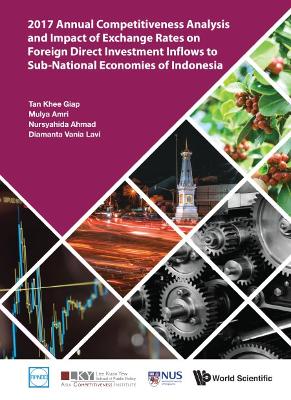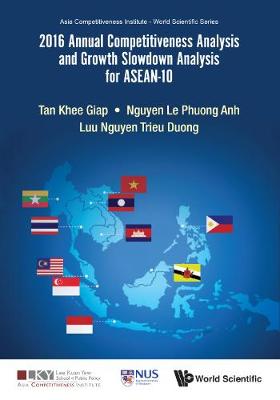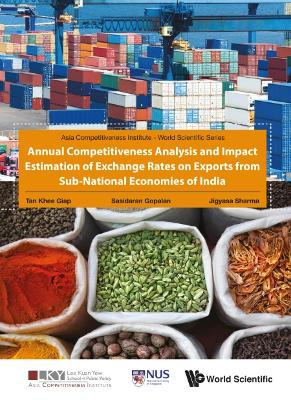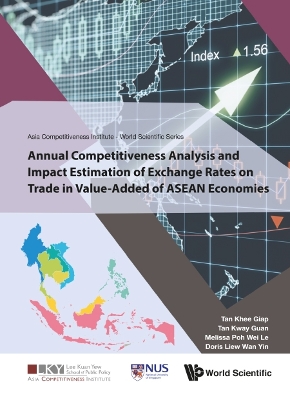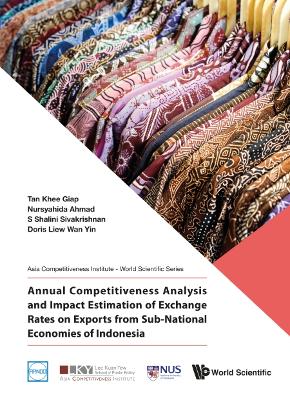Asia Competitiveness Institute - World Scientific
28 primary works
Book 0
Book 0
Book 0
2016 Annual Competitiveness Analysis And Growth Slowdown Analysis For Asean-10
by Khee Giap Tan, Trieu Duong Luu Nguyen, and Le Phuong Anh Nguyen
Book 0
Book 0
Book 0
Book 0
Book 0
